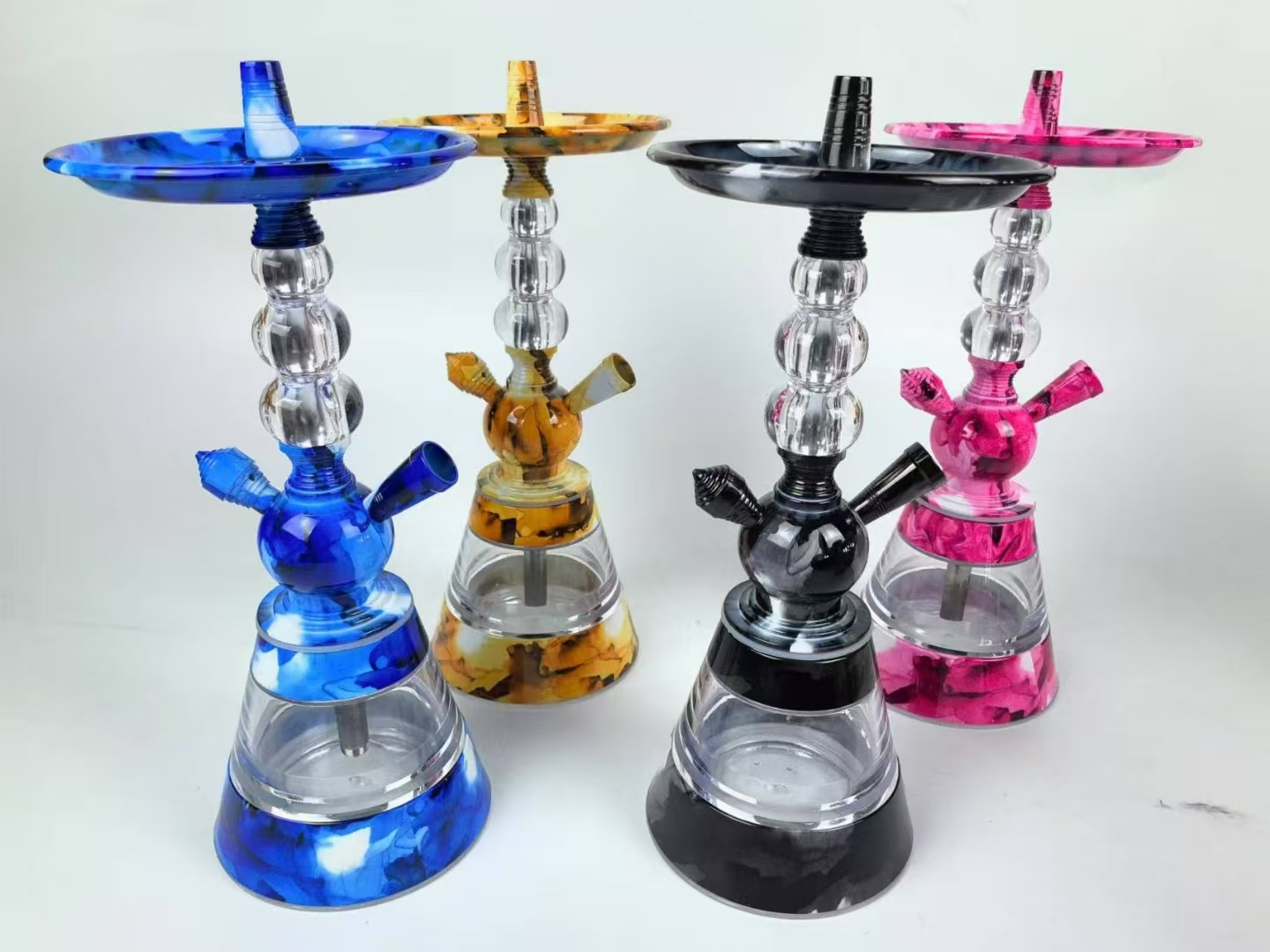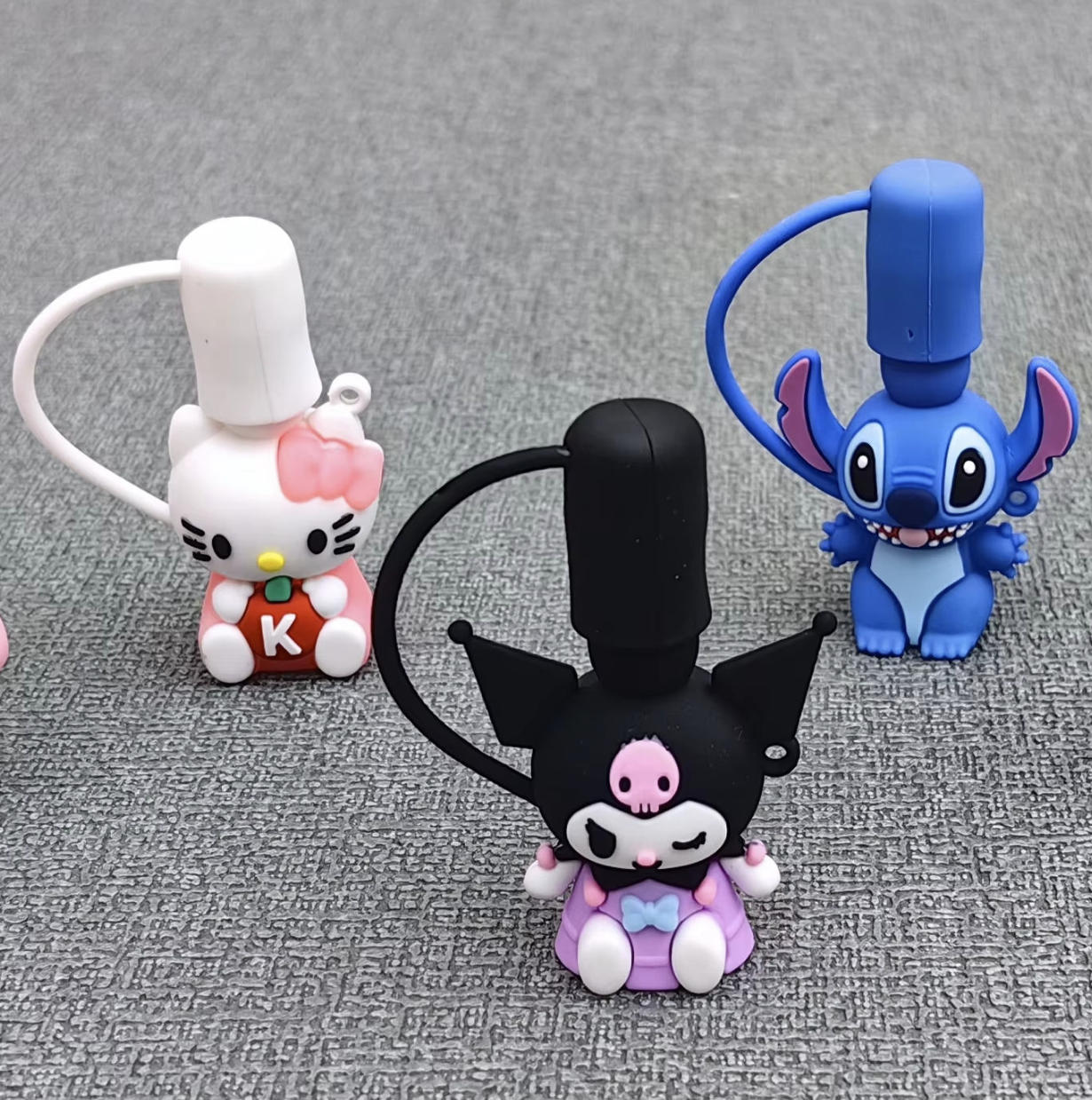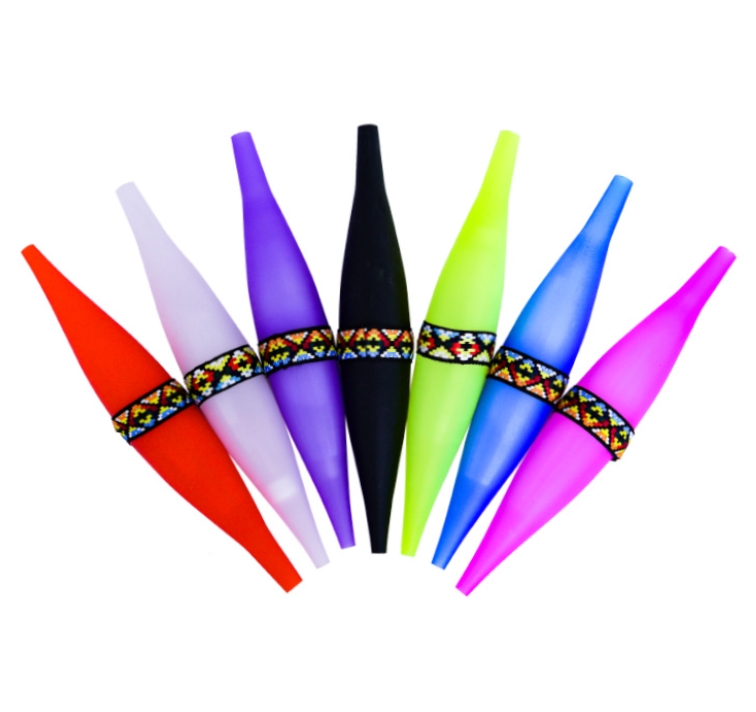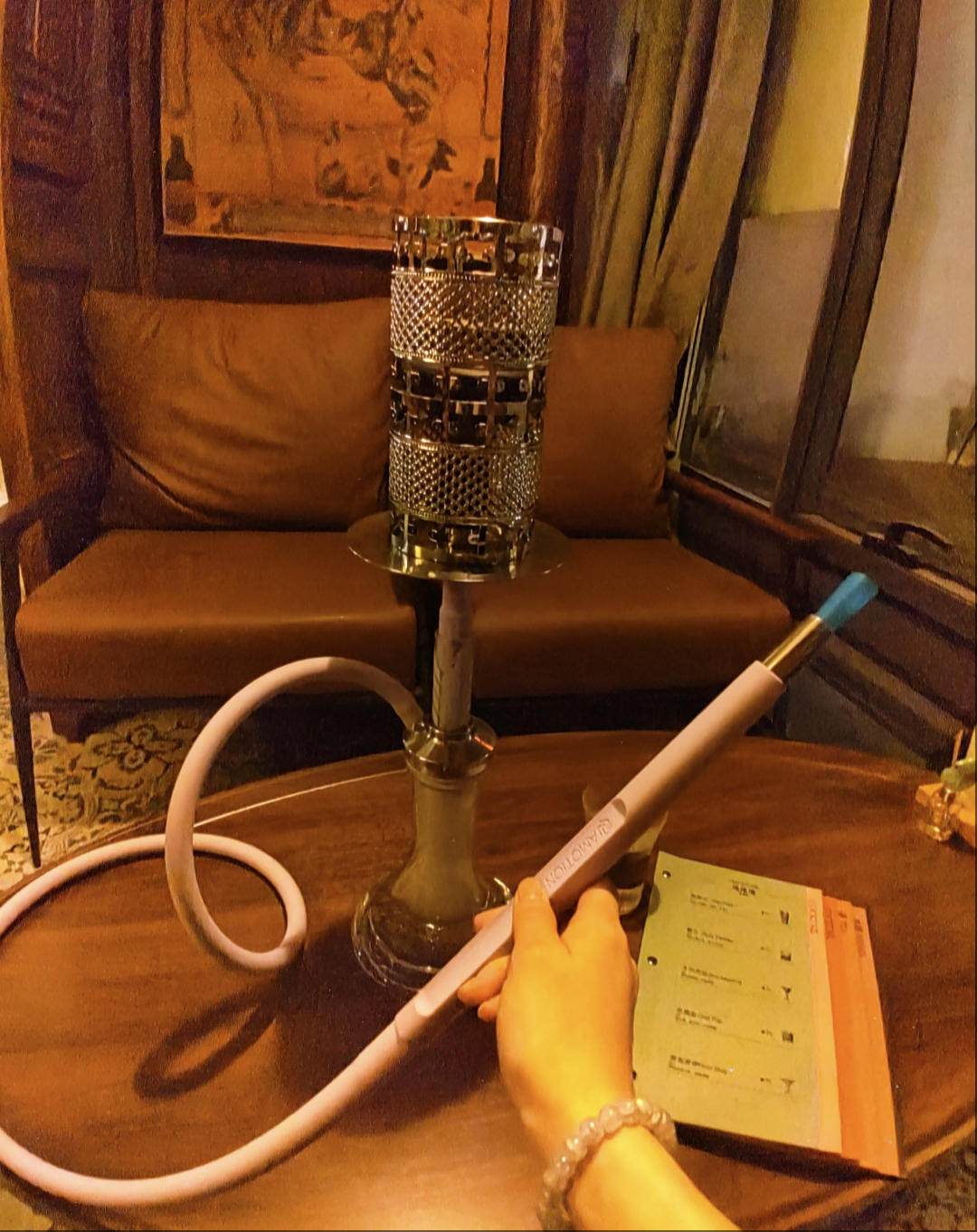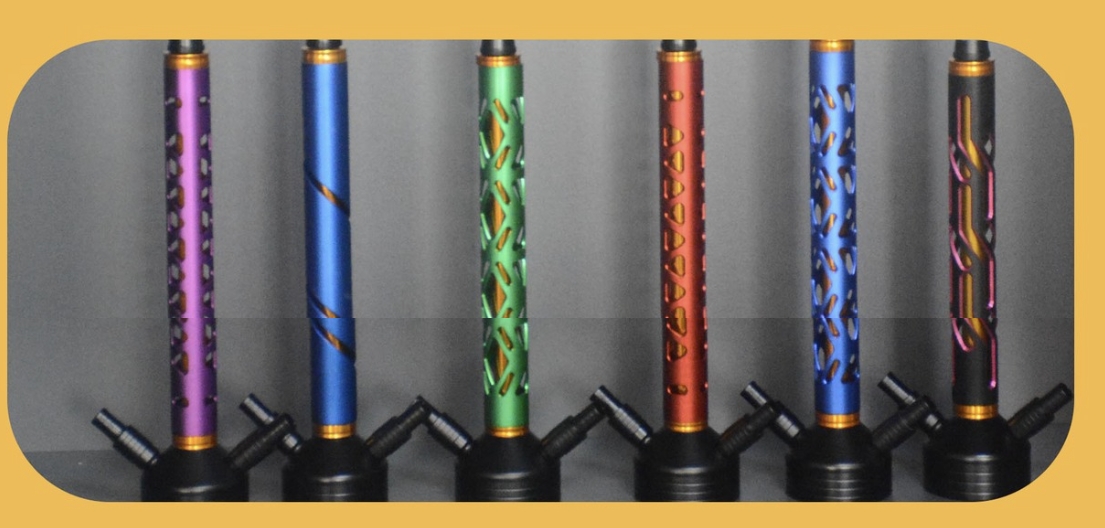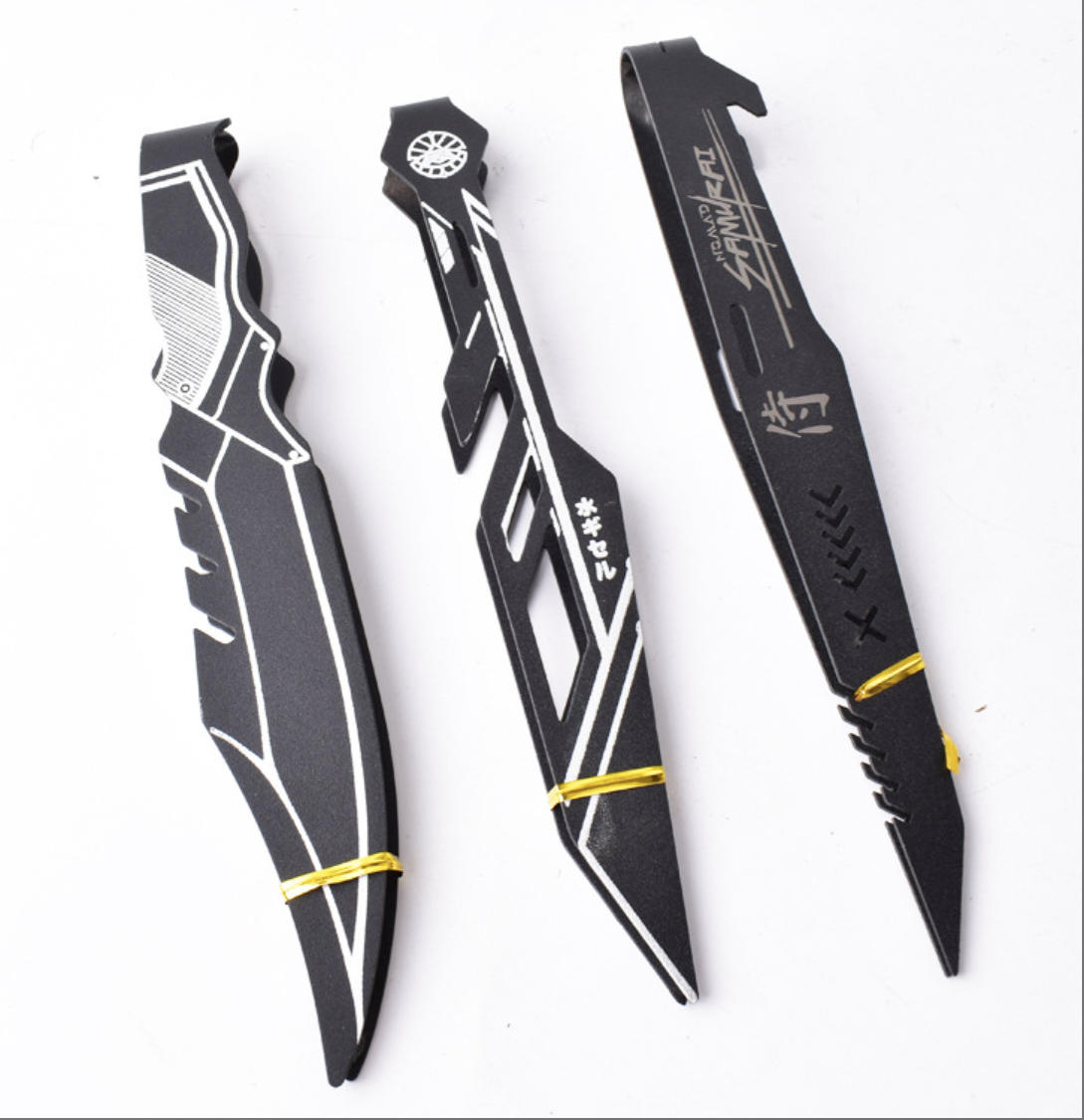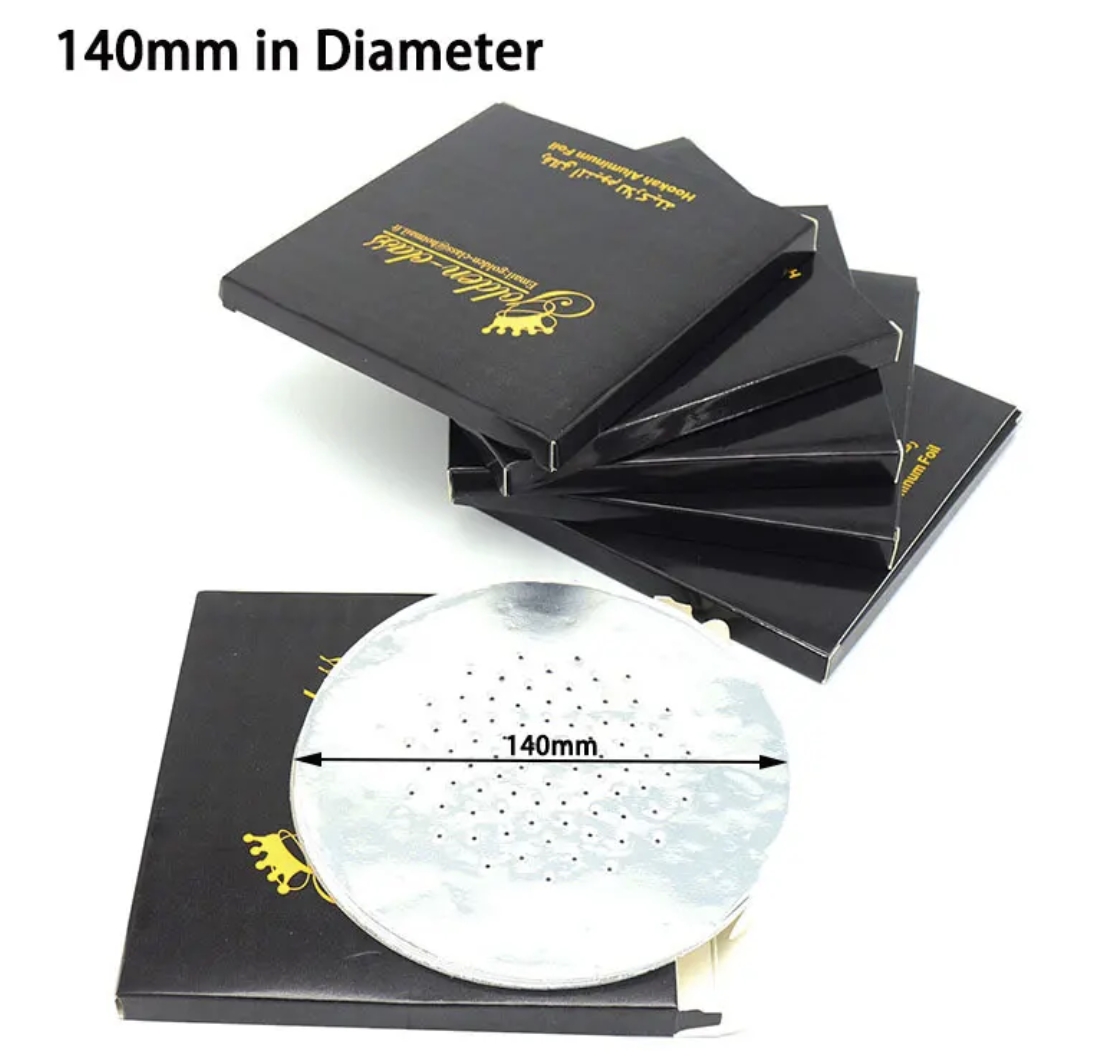Exploring Hookah Hose Options: An In-Depth Comparison of Types, Advantages, and Disadvantages
Exploring Hookah Hose Options: An In-Depth Comparison of Types, Advantages, and Disadvantages
Below is the translated version of the analysis on the different types of hookah hoses and their respective pros and cons, along with an overview of regional preferences based on various market surveys.
1. Leather Hookah Hose
-
Advantages:
- Traditional Aesthetics: The leather finish offers a high-end, classic look and feel, appealing to users who prefer a timeless style.
- Good Insulation: Leather provides excellent heat insulation, which can help maintain the ideal temperature of the smoke, enhancing the overall smoking experience.
-
Disadvantages:
- High Maintenance: Leather requires regular cleaning, conditioning, and protection to prevent it from drying out or cracking.
- Higher Cost: Genuine leather or high-quality faux leather products tend to be more expensive, which might not suit users with a limited budget.
- Environmental Sensitivity: Leather is sensitive to temperature and humidity, meaning its usage and storage conditions need to be carefully managed.
2. Silicone Hookah Hose
-
Advantages:
- Durability and Easy Cleaning: Silicone hoses are flexible, antibacterial, and resistant to mold, making them easy to clean and maintain.
- Cost-Effective: Compared to leather, silicone hoses are more affordable and well-suited for everyday use.
- Variety of Colors: They are available in various colors and styles, allowing users to choose based on their personal preference.
-
Disadvantages:
- Taste Experience: Some users may notice a slight plastic taste with silicone, which might not fully replicate the traditional hookah flavor.
- Less Elegant: While functionally strong, silicone lacks the classic, high-end look that leather offers.
3. Composite/Cloth-Covered Hose
(Also known as dual-layer hoses or hoses with a leather/cloth outer cover)
-
Advantages:
- Balanced Design: Typically, the inner layer is made from an easy-to-clean material like silicone or plastic, while the outer layer features leather or fabric, combining practicality with a traditional appearance.
- Comfortable Feel: The outer covering provides a softer, more comfortable touch, along with additional insulation benefits.
-
Disadvantages:
- Complex Structure: The composite design can make disassembly and cleaning more challenging compared to single-material hoses, requiring extra care for both the inner and outer layers.
- Mid-to-High Price Range: Due to the more intricate manufacturing process, these hoses are generally more expensive than simple silicone options.
4. PVC or Plastic Hookah Hose
-
Advantages:
- Lightweight and Economical: These hoses are usually inexpensive and lightweight, making them a good option for occasional use or for those on a budget.
- Easy Replacement: If they get worn or damaged, PVC hoses are simple to replace quickly.
-
Disadvantages:
- Impact on Taste: The plastic material might affect the taste of the tobacco, leading some users to feel that the flavor is not as pure.
- Lower Durability: Compared to silicone or leather, PVC hoses tend to be less durable and may become stiff or crack over prolonged use.
Regional Preferences and Survey Findings
Various market surveys across different regions have highlighted distinct preferences in hookah hose choices:
-
Middle East:
In countries such as the UAE, Saudi Arabia, and Turkey, traditional leather hookah hoses remain highly popular. Many enthusiasts in these regions value the authentic look, tactile feel, and classic appeal that leather provides. Survey data from several Middle Eastern markets suggest that over 60% of traditional hookah users prefer leather hoses for their heritage and aesthetic value. -
North America and Europe:
Consumer surveys in these regions indicate a growing preference for silicone hookah hoses. Approximately 55% of users in urban centers favor silicone for its ease of cleaning, durability, and cost-effectiveness. The hygienic properties and low-maintenance nature of silicone make it especially attractive in markets with numerous hookah lounges and cafes. -
Asia:
In countries like China and India, there is a rising trend among younger consumers toward composite or cloth-covered hookah hoses. These hoses offer a blend of modern functionality with traditional design, striking a balance between ease of maintenance and aesthetic appeal. Market studies indicate that around 40% of urban hookah enthusiasts in these regions lean towards composite hoses. -
Other Regions:
In areas such as Australia and parts of South America, budget-friendly options like PVC or plastic hoses are more commonly adopted by casual users or establishments prioritizing cost efficiency. These users often value the lightweight and economic nature of PVC hoses, despite their lower durability and potential taste impact.
Summary
Each type of hookah hose has its own merits. The choice largely depends on personal preference, frequency of use, maintenance habits, and budget:
- Leather hoses are ideal for those seeking a traditional and luxurious experience, albeit with higher maintenance and cost.
- Silicone hoses are perfect for users prioritizing ease of cleaning and durability at a more affordable price.
- Composite/cloth-covered hoses offer a balanced solution with both classic aesthetics and modern functionality.
- PVC hoses serve as an economical and convenient option, especially for casual or temporary use.
By understanding these regional preferences and the pros and cons of each hose type, consumers around the world can select the hookah hose that best enhances their overall hookah experience.
